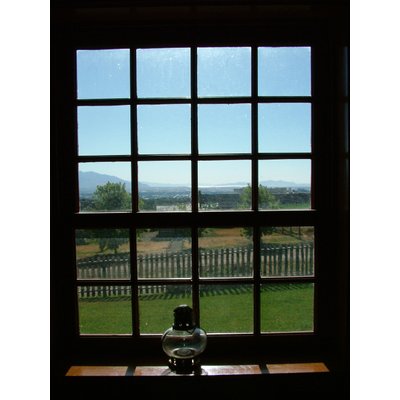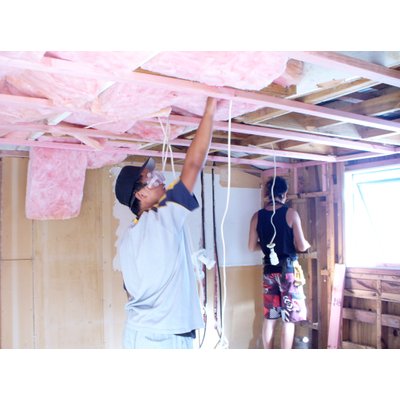
If you feel like your heat has been constantly running this winter but your home still feels drafty, you may have an insulation problem. Generally, the older the home, the less insulation it has. By insulating five key areas, you can get a return on your investment in only a few short years. But more importantly, you’ll feel warm and comfortable all winter long once your home is properly insulated.
The first thing you’ll want to do is get a home energy audit. A professional auditor will evaluate your home and determine how much energy it uses, where it’s losing energy, and how to improve problem areas. They’ll also be able to identify where your home is and isn’t insulated, the type of insulation used, and the R-value (or thermal resistance) of the insulation. The R-value plays a large role in terms of energy loss because insulation with a high R-value means it will be slower to lose heat. To find an auditor, visit the Residential Energy Services Network (RESNET) or the Building Performance Institute Inc. (BPI).
Once you know how your home is insulated, you can begin to improve upon it. Below are the five best places to insulate.

double or triple pane windows can save
hundreds on energy bills.
1. Windows
There are a few different ways to insulate your windows. First, you’ll want to make sure there are no cracks around the frame letting outside air in. Feel around the outer edges of the frame with your hand. If you feel a breeze, you need to seal that gap. Use putty or sealer to patch the area.
Next, you’ll want to find out if your windows are single pane. If they are, you should highly consider replacing them with double or even triple pane glass. Double or triple pane glass is separated by a vacuum or gas-filled space to better insulate the home. These windows also offer a better sound barrier, which is another perk. You can expect to spend at least $200 per window to replace one with a double-pane version; however, replacing your old windows with new, energy-efficient ones has great resale value, with a 73 percent return on investment, according to Remodeling Magazine.
Finally, you can add insulation to your windows just by decorating. By installing blinds and curtains over the windows, you can keep the cold air from coming in and your warm interior air from cooling down.
2. Doors
An easy way to prevent warm air from escaping outside is by insulating underneath your exterior doors. You can purchase weatherstripping and door sweeps in a variety of colors and options from any hardware store at a very affordable price.
If you already have a door sweep but notice some light coming through, a no-cost solution is simply raising the threshold. You’ll notice screws in the threshold under your exterior doors. By turning these screws counterclockwise, you can tighten the amount of space between the door sweep and the threshold, ceasing any light (and therefore, air) from coming through.
Just a 1/8-inch gap around an exterior door is equivalent to drilling a 5 ½-inch diameter hole in an exterior wall, according to This Old House. That’s why sealing exterior doors is so vital.

keep your house warm during the winter.
3. Attic
One of the easiest ways to keep your house warm during the winter is by insulating the attic. A properly insulated attic can help you save 10-50 percent of your heating bill, according to the Department of Energy. Insulating an attic doesn’t take long and it’s relatively inexpensive. All you need is a few rolls of insulation and a day or two to lay them out.
4. Plumbing Gaps
An often overlooked source of heat leakage comes from unsealed piping. Use a silicone sealer to cover any gaps between plumbing and your floor, walls and ceiling.
5. Hot Water Tank
A lesser known way to save energy is to insulate your hot water tank. If you have a new hot water heater, it is probably already insulated. However, if your tank is older, you should check to see if it is insulated or not. By wrapping an insulated blanket around an uninsulated tank, you can reduce your heat loss by 25-45 percent, saving 7-16 percent in water heating costs, according to the U.S. Department of Energy. Within about a year, the blanket will pay for itself.
By making sure your home is well insulated, you can make the most of the heat you’re paying for — whether radiant, baseboard or forced air.
Additional Resources:
Converting Your Attic into a Living Space
Have Questions About Your Project?
Our team of Radiant Experts is ready to help!
Stay Updated
Get the latest radiant heating news and tips delivered to your inbox.

